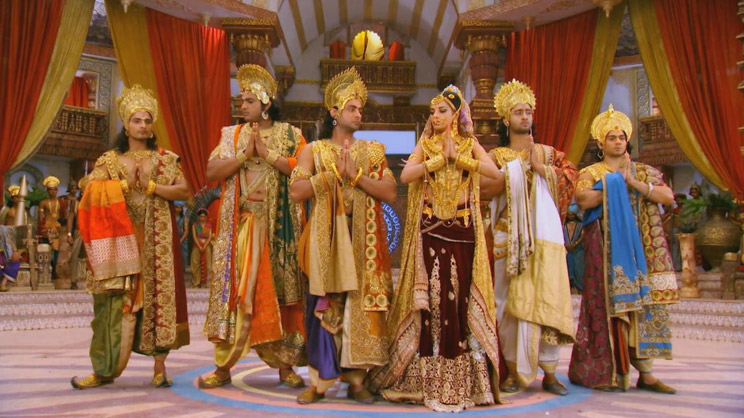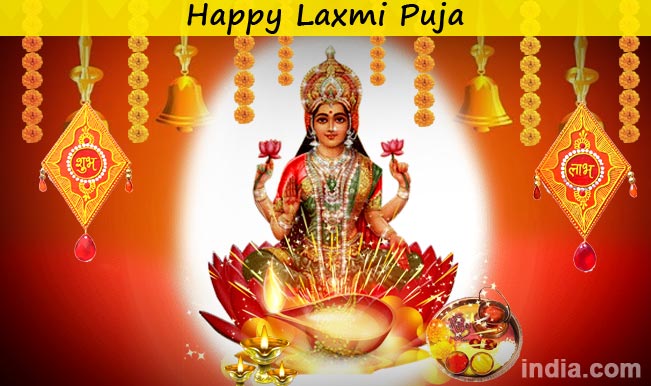Bigg Boss 19: daily Discussion Thread- 27th Oct 2025.
Bigg Boss 19: Daily Discussion Thread - 28th Oct 2025
BIGHDE BACHCHE 28.10
Previous Season favourites
Third person: Mihir jaanbujh kar Anjaan bewakoof insaan
BHHAII DULJ 29.10
Yeh Rishta Kya Kehlata Hai Oct. 28, 2025 Episode Discussion Thread
Yeh Rishta Kya Kehlata Hai Oct. 29, 2025 Episode Discussion Thread
Thamma crashes on Monday,EDKD emerges a hit
KSBKB2 Oct 27 written episode with pics attached.
I hope it's not true: Kyunki off air.
Amaal Mallik Appreciation Thread - Amaalians Assemble
Where are the saas and bahus of kyunki
Kyunki Saas Bhi Kabhi Bahu Thi 2: EDT # 4
🏏India tour of Australia, 2025: AUS vs IND,1st T20I, Canberra🏏
KSBKBT FF Broken Ties 2 - Arjun(Parth) hit and run case Pg1





